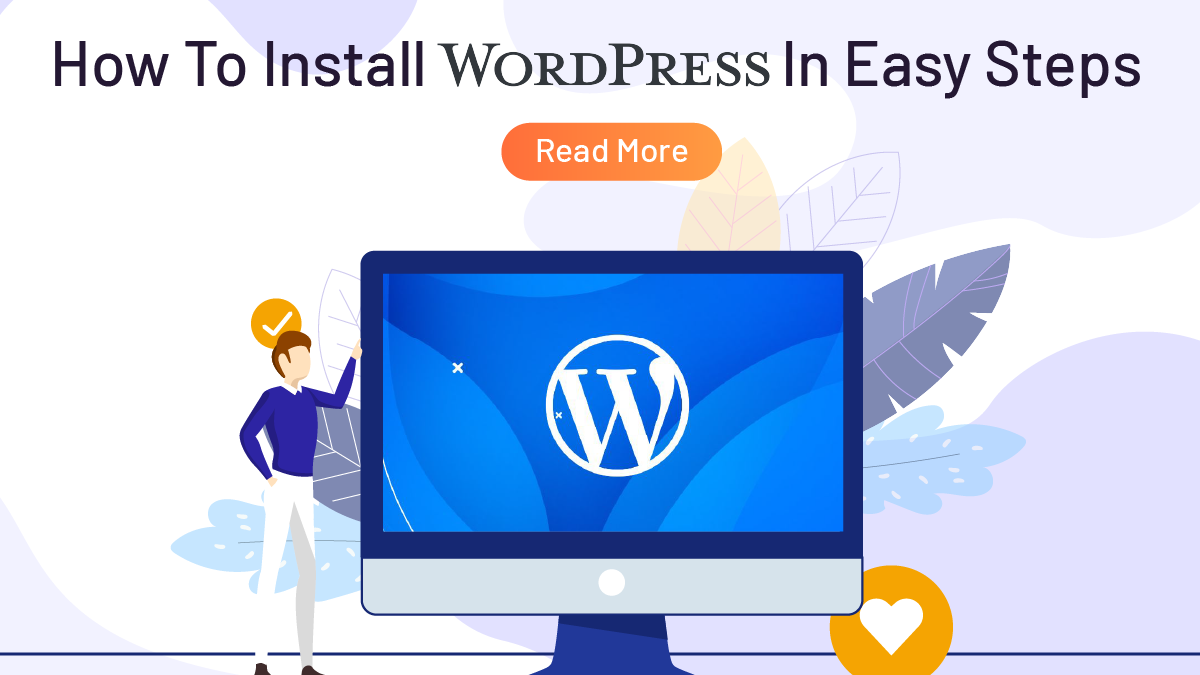Having a website is essential in today’s digital age for businesses, brands, and individuals who aim to establish an online presence. The internet has become a vital tool for communication, information exchange, and commerce, and a website is the perfect platform to showcase your products or services, share your thoughts and ideas, and connect with your target audience.
In the sea of website builders, WordPress stands out as a user-friendly and flexible platform that powers over 40% of all websites on the internet. It is open-source software that is free to use and can be customized to meet your specific needs. The simplicity of its interface makes it possible for anyone to create and manage a website, even without any prior coding knowledge. Additionally, WordPress offers a vast repository of themes and plugins that can enhance the functionality and appearance of your website.
WordPress has become one of the most popular content management systems (CMS) due to its ease of use, customization options, and a massive community of users who offer support and resources. Whether you’re starting a blog, building an online store, or creating a business website, WordPress has everything you need to get started.
In this blog, we will take a step-by-step approach to help you understand how to install WordPress and take advantage of its benefits. We’ll also provide examples of how WordPress is used today, so you can get a better idea of the potential of this powerful platform.
What Is WordPress?
WordPress is an open-source content management system (CMS) that is used to create and manage websites. It was first released in 2003 and has since become the most popular website platform, powering over 40% of all websites on the internet. You can read our blog post on “What Is WordPress And How To Get Started With It?” for a comprehensive guide on this popular content management system.
One of the key benefits of WordPress is its simplicity and ease of use. The platform has a user-friendly interface that makes it possible for anyone to create and manage a website, even without any prior coding knowledge. Additionally, WordPress offers a vast repository of themes and plugins that can enhance the functionality and appearance of your website.
WordPress also has a strong community of users, who offer support and resources, making it a great option for both beginners and experienced developers. With its open-source nature, anyone can contribute to the development of WordPress, making it a constantly evolving platform with new features and improvements added regularly.
Whether you’re starting a blog, building an online store, or creating a business website, WordPress has everything you need to get started. Its flexibility and customization options make it possible to create a website that meets your specific needs and reflects your brand. Furthermore, with its SEO-friendly structure and regular security updates, WordPress is an excellent choice for anyone looking to establish an online presence.
Step-by-step Guide On Installing WordPress:
Installing WordPress can seem a bit daunting, but with a few simple steps, you’ll be up and running in no time! Here’s a step-by-step guide on how to install WordPress:
1. Choose a hosting provider: To get started, you’ll need to sign up for a web hosting account. This is where your website files will be stored. Some popular hosting providers include Bluehost, SiteGround, and InMotion Hosting.
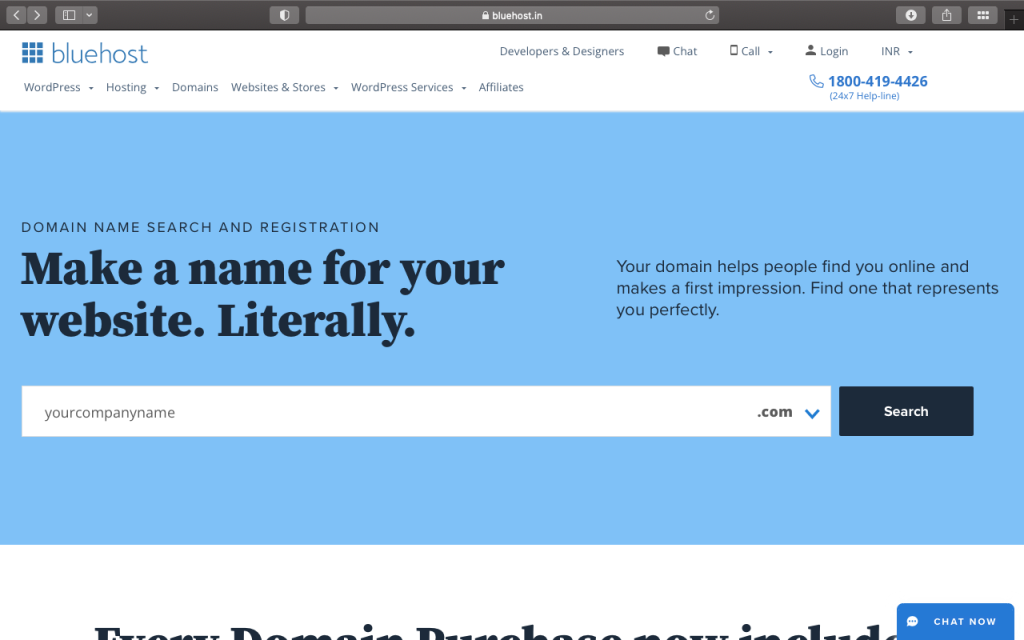
2. Select a domain name: Choose a domain name that represents your brand and is easy to remember. You can usually register a domain name through your hosting provider, or through a separate domain registrar.
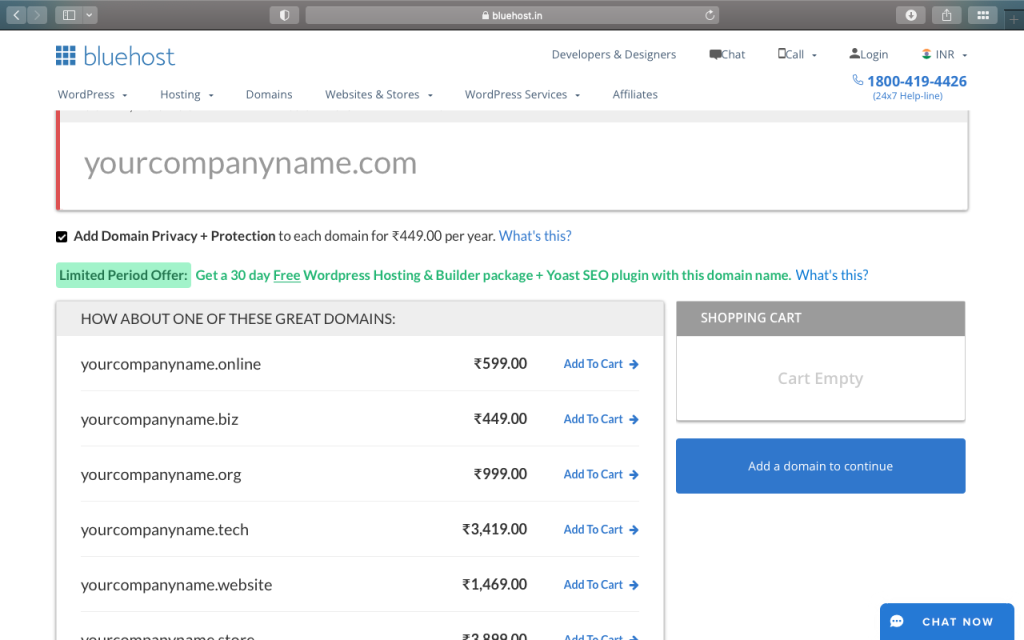
3. Install WordPress: Most hosting providers offer a one-click WordPress installation, which makes the process very simple. If your host does not offer this, you can manually install WordPress by downloading the software from the WordPress.org website and uploading it to your server.
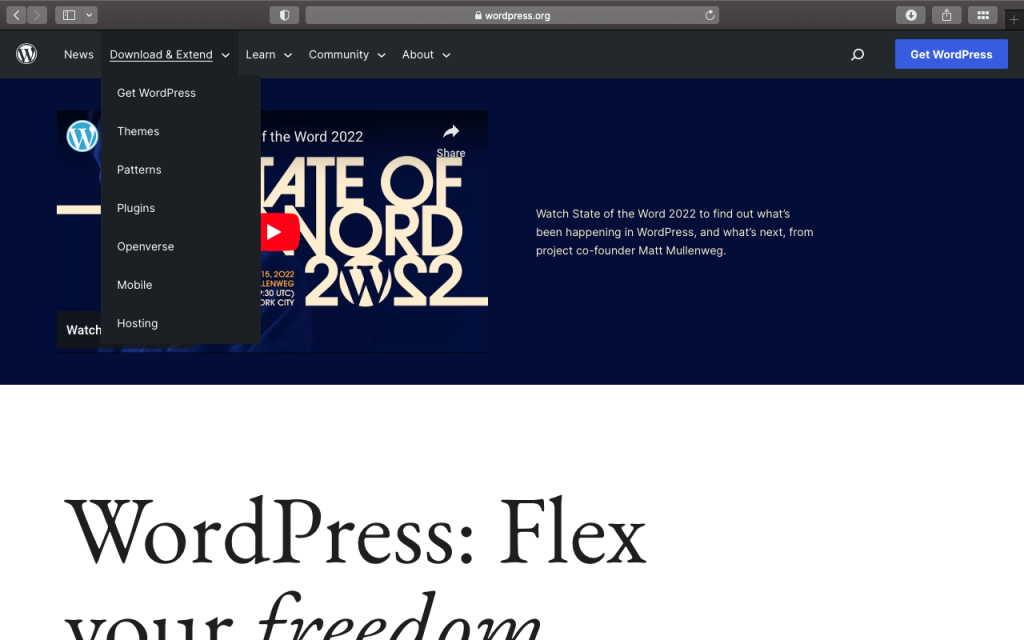
4. Create a database: WordPress uses a database to store all of your website’s content and settings. You’ll need to create a new database through your hosting control panel.
5. Start the installation process: Visit the WordPress installation page and enter your database information, as well as the administrative username and password you’d like to use.
6. Complete the installation: Once the installation process is complete, you’ll be taken to the WordPress dashboard. From here, you can start customizing your website by selecting a theme, adding plugins, and creating pages and posts.
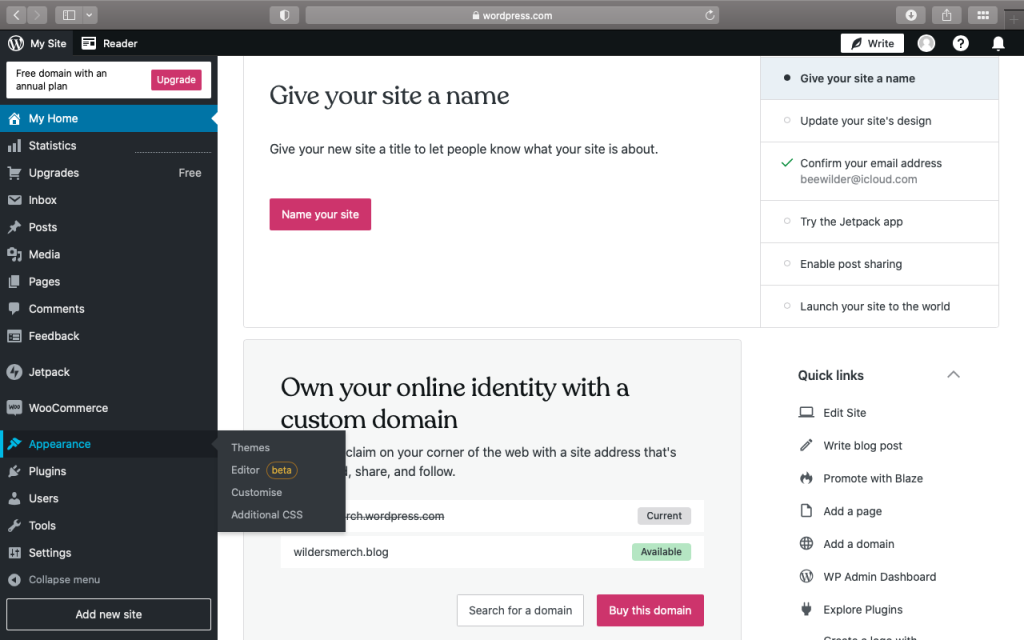
That’s it! With these simple steps, you’ll have a fully functional WordPress website up and running in no time. If you encounter any issues during the installation process, be sure to consult your hosting provider’s support resources or the WordPress documentation for help.
Examples Of How WordPress Is Used Today:
WordPress is a versatile platform that can be used for a variety of purposes. Here are a few examples of how WordPress is used today:
- Blogging: WordPress was originally created as a blogging platform, and it remains one of the best options for creating a blog. You can use WordPress to create a personal blog, a company blog, or a blog for your organization.
- E-commerce: WordPress has evolved into a powerful e-commerce platform, and there are many best eCommerce WordPress Themes and plugins available that allow you to create an online store with WordPress.
- Portfolios: WordPress is a great option for artists, photographers, and other creatives who want to showcase their work. You can create a portfolio site with WordPress that showcases your images, videos,and other content.
- Business websites: WordPress is a popular choice for businesses looking to create a website. It offers a range of customization options, best business WordPress Themes and plugins that make it easy to create a professional-looking site that reflects your brand.
- Non-profit websites: WordPress is a cost-effective option for non-profits looking to create a website. You can use it to create a site that provides information about your organization, allows you to accept donations, and promotes your mission and values.
Conclusion
In conclusion, WordPress is a powerful and flexible platform that makes it easy to create a website. Whether you’re starting a blog, building an online store, or establishing an online presence for your business or organization, WordPress has everything you need to get started. With its user-friendly interface, large repository of WordPress elementor themes and plugins, and a vibrant community of users, WordPress is a great choice for anyone looking to create a website. So why not give it a try and see how you can benefit from having a website powered by WordPress.


